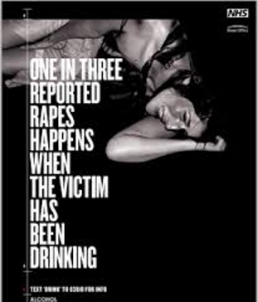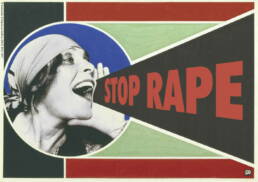Victim Blaming
Victim blaming can come from many sectors of society.
Along with the rape myths covered in the previous section, preconceived ideas of what a victim ‘looks like’ or how they should respond can do significant harm.
Victim blaming can also compound feelings of guilt that the victim may have.
Sometimes, authority figures add to a victim blaming culture. Some examples of this are below.
At the end of a rape trial, Judge Lindsey Kushner said that “as a woman judge, she felt compelled to plead to women to protect themselves” and that women were entitled to “drink themselves into the ground”, but that their behaviour was also putting them in danger.
The report finds that, at worst, officers demonstrated explicit victim blaming and lack of belief in the victim, which impacted on the subsequent victim
Barrister accuses Judge of implying that “only stupid women can be raped”
Canadian Judge asks victim why she didn’t “just keep her knees together?”
Media reports often seem to imply that victims of sexual violence are wholly or partly responsible for what happened to them.
The language used in media reports can determine whether the reader views it in a victim blaming manner. Media stories will often include information that seems to intentionally question the actions of the victim – such as ‘they were walking alone late at night’ or ‘they were drunk’.
Lying about rape or sexual assault is rare but, on occasions where someone is found to have done this, the media often give the case significantly more attention than they do for proven rapes or sexual assaults, thus implying that false reporting is common.
This view is sometimes reinforced by well-meaning awareness campaigns that put the emphasis for avoiding rape on the victim rather than targeting perpetrators.
Although meant as a way to improve safety, this poster implies that if the victim has been drinking, then rape is their own fault, and received wide spread criticism from organisations supporting sexual violence survivors
Alternatively, this poster clearly puts the blame on the rapist
You can access this image directly from Rape Crisis Scotland
Site opens in a new window


